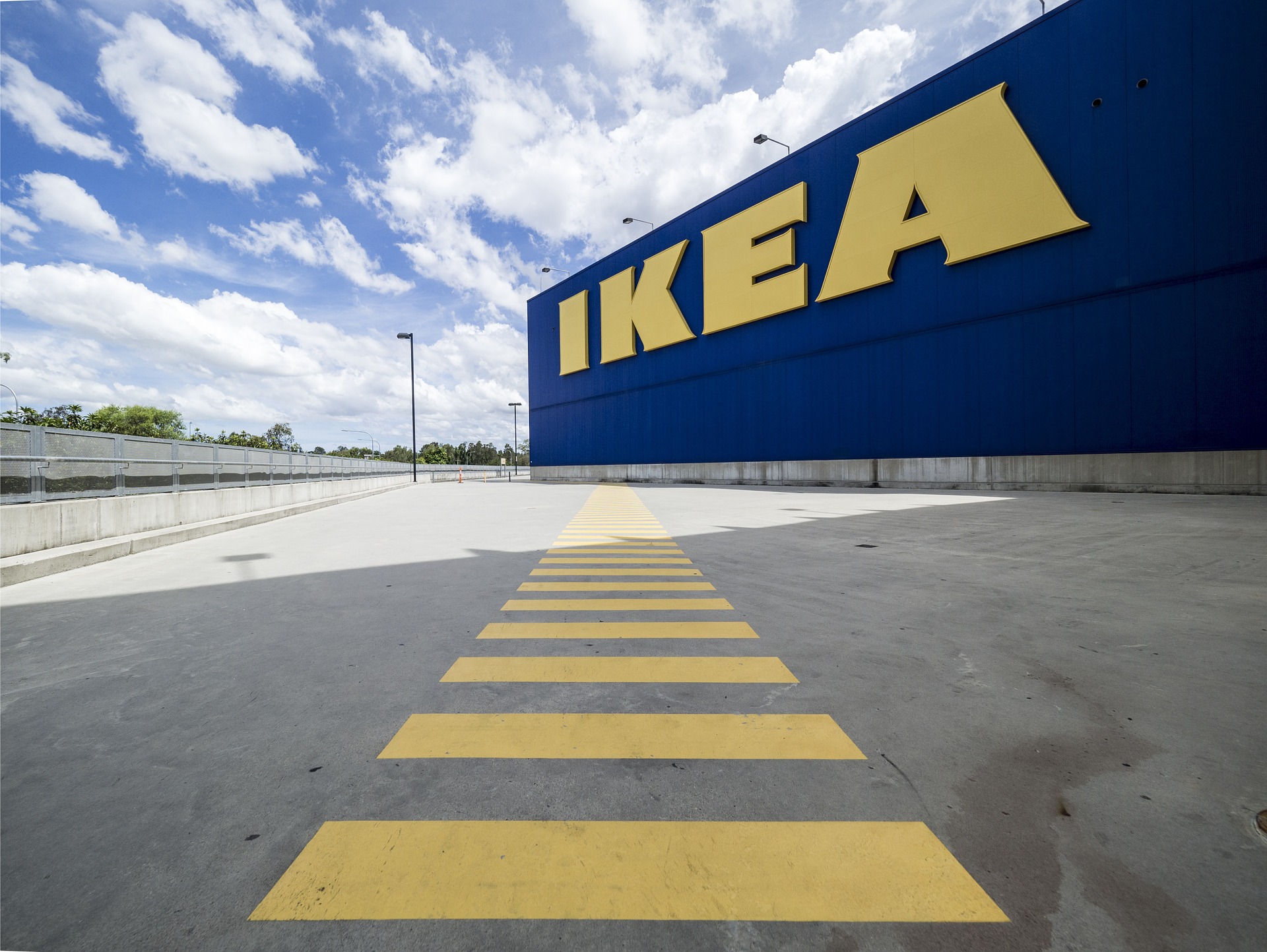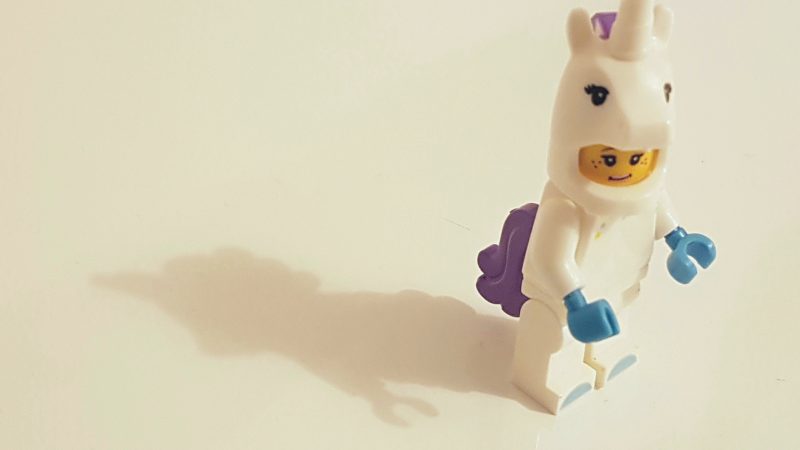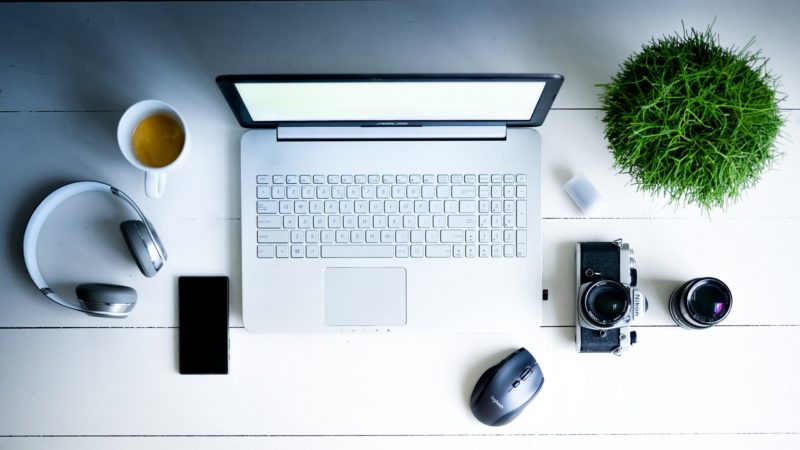Circular economy in IKEA4 min read

IKEA has embarked on a transformation journey to become a circular business by 2030. In the world of finite resources, IKEA has recognized the need to change its approach to how and where to meet customers, how and what products and services develop, how to source materials, and develop the IKEA supply chain. IKEA is adapting the existing business model to enable the prolongation of product and material life, by enabling the four circular loops of reuse, refurbishment, remanufacturing, and recycling.
Circular economy paradigm
One of the key enablers of circularity for IKEA is to design all products with circular capabilities from the beginning, setting the preconditions for all products to live multiple lives as they move through the circular loops.
In 2017, IKEA created its first design for circularity guide, defining how circular design can enable IKEA products to be reused, refurbished, remanufactured, and recycled, and what demands it placed on the product design process.
The Circular Product Design Guide is the guide to navigating through the process of designing these circular products.
A circular business
The IKEA ambition to become a circular business by 2030 means designing all products with circular principles in mind, using renewable or recycled materials, and working with customers to keep products in use for longer.
The whole INGKA Group – IKEA’s holding company – is contributing to this ambition by:
- Developing circular services for customers. By piloting new ways for customers to acquire, care for and pass on products in circular ways. By exploring furniture leasing, product take-back, secondhand sales, product recovery and repair, aim to keep resources in use for longer.
- Striving for zero waste. Reducing operational waste, including packaging and product waste, and food waste from IKEA Restaurants and Cafés and IKEA Bistros. Increasing recycling rates too.
- Switching to sustainable materials. By switching to more sustainable materials for non-home furnishing products like packaging and co-worker uniforms. Investing in renewable, recyclable or recycled materials.
- Exploring circular resource flows. Within operations, by looking at opportunities to reduce the use of virgin materials across the business. Partnering with suppliers to reuse and recycle resources for non-home furnishing products like packaging and co-worker uniforms.
Circular economy initiatives
IKEA is rolling out affordable home solar offers, switching to 100% electric vehicle home deliveries, offering a new veggie hot dog with 15% of the carbon footprint of a hot dog made with meat, testing circular business models like furniture leasing.
IKEA is exploring new solutions to make circular consumption more convenient and relevant for customers, co-create sustainable living solutions and circular services with them. For example, IKEA is testing the potential for furniture leasing. As a matter of fact, IKEA’s research shows that customers don’t like to throw things away, but they sometimes only need furniture for a set period of time. What if customers could use their IKEA furniture for as long as they need to, without having to own it? That’s the concept behind “furniture as a service”, a new circular business model IKEA is testing. The goal is to see if IKEA can meet customer needs for flexibility and accessibility while building sustainability by extending the life of products and reducing waste.
The overall ambition is to become people and planet positive and to inspire and enable many people to live a better life within the limits of the planet by 2030. The “people and planet positive strategy” has three focus areas:
- Healthy & sustainable living. Inspire and enable 1 billion people to live a better life within the limits of the planet.
- Circular & climate positive. Strive for zero waste, contribute to the IKEA ambition to be circular and climate positive by 2030, and advocate for positive change in society.
- Fair & inclusive. Improve the well-being of millions of people by becoming a truly inclusive and people-centered company and employer.
Going circular in the supply chain. IKEA works with suppliers for non-home furnishing materials like packaging, IT equipment, and construction materials to find more resource-conscious and circular solutions, such as:
- Closing the loop so that thousands of tonnes of waste cardboard at 24 IKEA stores in China are sent back for recycling by the paper factory that supplies IKEA packaging.
- Reusing over 10,000 IT products that were refurbished and resold or partly recovered, instead of wasted, together with IT supplier.
- Exploring a circular economy approach for co-worker uniforms.
- Buying more renewable materials as replace single-use plastic items in IKEA Restaurants and Cafés and IKEA Bistros.
Source: INGKA Group, Annual Summary & Sustainability Report FY19
Featured image by mastrminda from Pixabay





